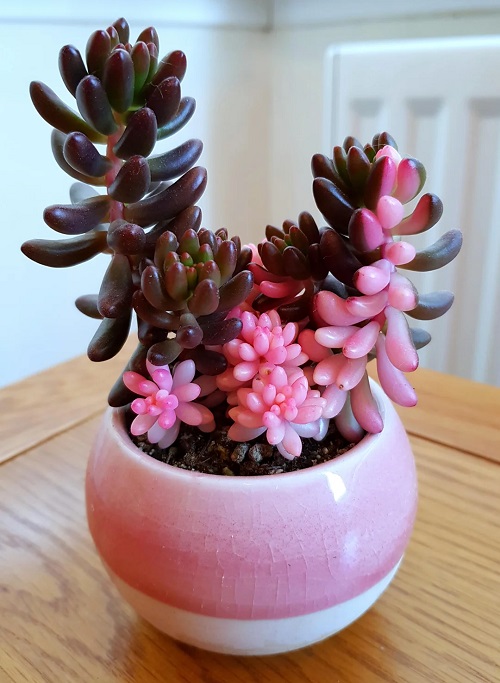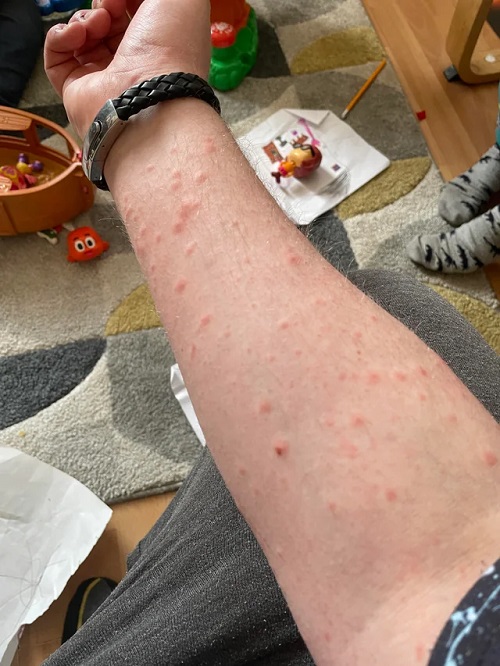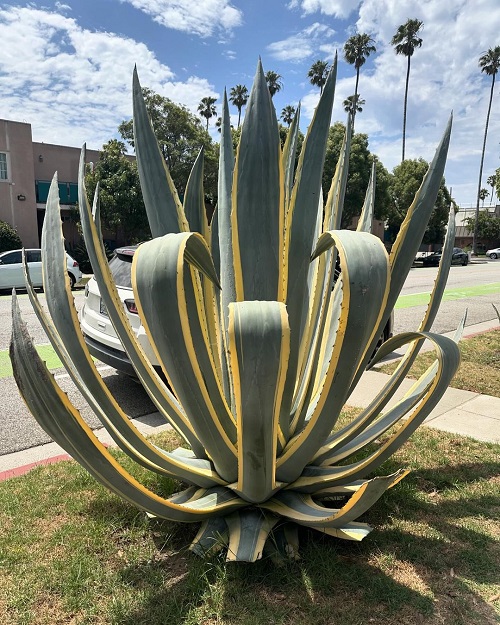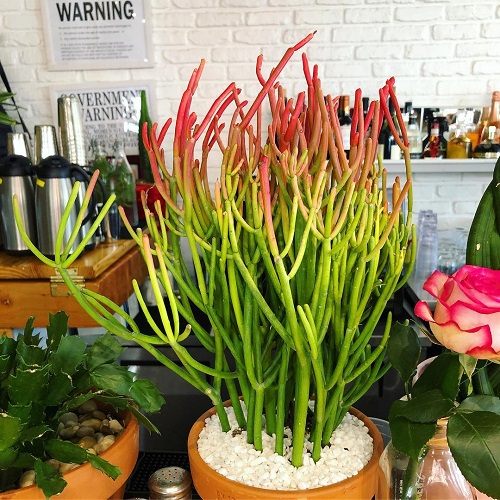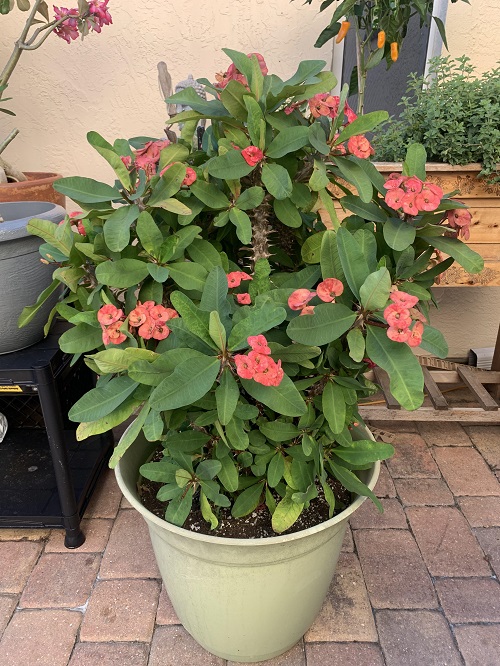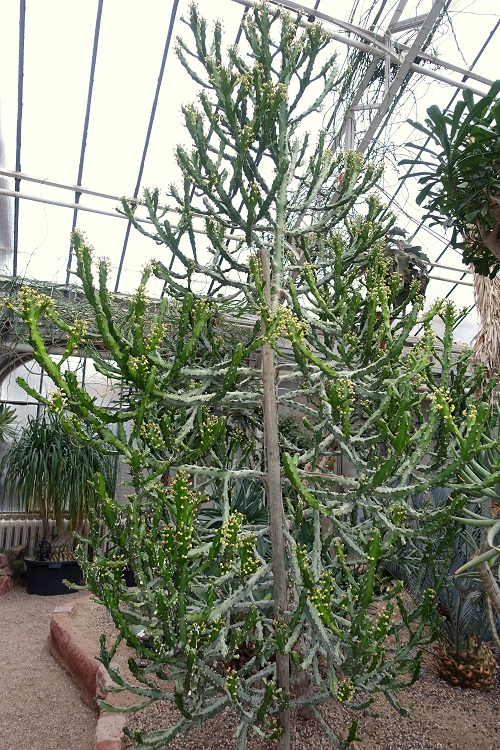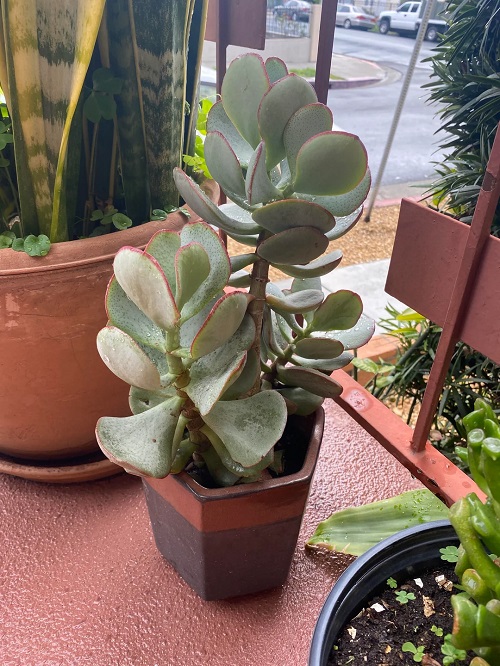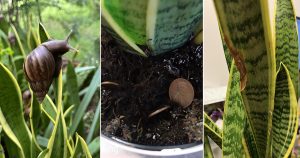Can Succulent Plants Cause Allergies? If you are also thinking about this way, here we got all your answers below—Keep reading!
Succulents are lovely houseplants, simple and easy to care for. They are great for every home garden enthusiast! However, there may be concerns about the allergy or toxicity of some succulents towards humans and pets. Let’s find out and be aware!
Do Succulents Cause Allergies?
So, the answer is not all a simple one! Accordingly, not all succulents cause allergies or show toxicity to humans and pets, and again not everyone is prone to allergies! Succulent allergy isn’t a common term. However, there are a few among the many succulents that can cause allergies or be toxic to us. Hence, identifying and learning about them is a necessary step to take before planting them in your home or garden.
How do Succulents cause Allergies?
Talking about allergies, most of the time they are reported to be caused by pollen from various flowers. And the interesting thing is that succulents rarely have pollen! So how can they be allergic to us?
A simple answer to this is that very few succulents with flowers may cause allergies due to their pollen. This happens in extremely rare situations (if anyone is allergic to pollen). On the other hand, many times direct contact with some succulents may lead to skin irritations. Lastly, many succulents are found to be toxic to humans and pets only when consumed.
Succulent Allergy, Causes and Symptoms

While the likelihood of being allergic to any succulent in general is relatively low, you may also consult a doctor or allergist to help clear your mind. According to several studies and reports, two kinds of allergies can be caused by all kinds of plants depending on the individuals and their immune response. Read along.
Allergic Rhinitis
Allergic rhinitis is a common allergic reaction caused by tiny dust particles or pollen in the nasal cavity. Mostly common among the age groups of 25-40 years and additionally smokers are also more prone to this allergy. It is similar to hay fever.
Contact Dermatitis
On the other hand, this is a kind of inflammation on the skin that occurs when you are allergic to specific parts of the plant and you get in close contact with it. This causes symptoms like burning sensations, itching, and in severe cases, rashes. In this situation, you must contact a dermatologist immediately and remove the plant from your home as soon as possible.
Top 5 Succulents That Cause Allergy
1. Century Plant
Botanical Name: Agave americana
Agave americana is a potential hazard to humans in terms of toxicity, especially if consumed or if the sap makes contact with the skin or eyes. The sap can cause skin irritation, redness, itching, and rashes. Additionally, if the sap enters the eyes it can cause severe irritation and discomfort.
Therefore, handling Agave americana with care is crucial. Hence, the use of protective gloves, and thorough washing of hands after handling to prevent any potential irritation is also important.
2. Pencil Cactus
Botanical Name: Euphorbia tirucalli
Firestick Plant or Pencil Cactus, is a finger-like succulent shrub. The milky sap of Euphorbia tirucalli can be toxic to pets if ingested or if it comes into contact with their skin or eyes. It seems that the sap contains irritants and toxins that can cause gastrointestinal issues, vomiting, diarrhea, drooling, and skin irritation in pets. Minimum contact with the sap may also result in redness, swelling, and itching.
3. Crown of Thorns
Botanical name: Euphorbia milii
Crown of Thorns, is a succulent plant popular for its thorny texture and colorful blossoms. It is toxic to humans due to the irritant properties of its sap. Skin and eye irritation can occur when the sap comes into direct contact. Moreover, ingesting the plant or its sap can result in gastrointestinal symptoms and, although rare, more severe reactions.
It is hence important to handle this plant with care by wearing protective gloves and avoiding contact with the sap. If any adverse reactions occur, kindly seek medical advice.
4. Triangular Spurge
Botanical Name: Euphorbia antiquorum
Many studies claim that this E. antiquorium can cause certain levels of skin irritation. Researchers conducted studies with its sap, plant juice, and pulp. Altogether, it was concluded that this can cause itching, burning, swelling, ulceration, or dermatitis in the skin and eyes.
Along with this variety E. royleana is also reported to be a bit toxic to humans. Hence, even if they’re beautiful, kindly consider the risk and handle these with care.
5. Pig’s Ear
Botanical Name: Cotyledon orbiculata
Cotyledon orbiculata is not typically highly toxic to humans. However, you may need to handle the plant cautiously to avoid potential skin irritation or allergic reactions. The milky sap found in the leaves can cause dermatitis, especially in individuals with sensitivities.
Thereafter, it is necessary to use protective gloves when handling the plant. Lastly, please ensure proper hand hygiene by thoroughly washing your hands afterward.
Now, you have your answer! Undoubtedly, there are many more on the list so if you have encountered any of these kinds of succulents, do share your story and how you handled it in the comments below. It will definitely help many plant lovers.

